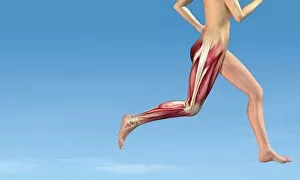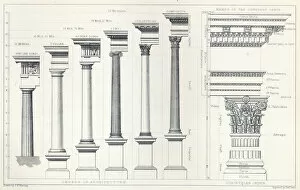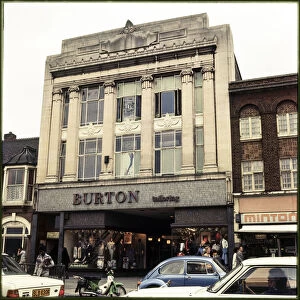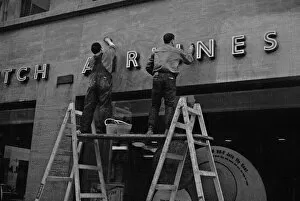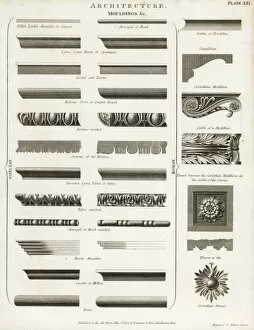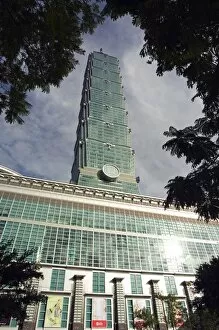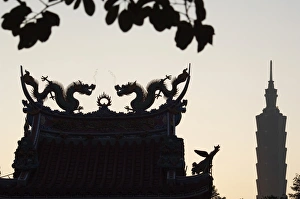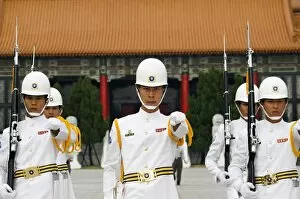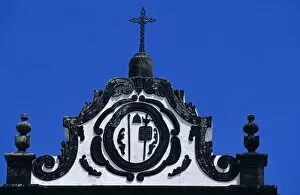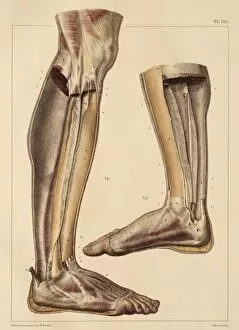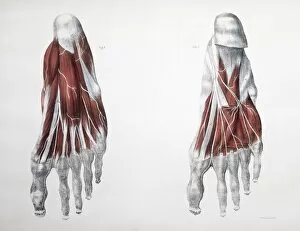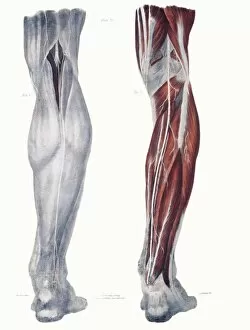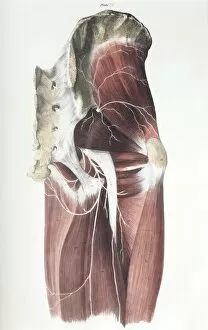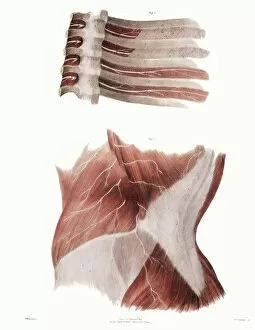Fascia Collection
"Fascia: Unveiling the Hidden Connection Between Leg Muscles in Running and Artwork" Fascia, a term often associated with the human body's connective tissue
All Professionally Made to Order for Quick Shipping
"Fascia: Unveiling the Hidden Connection Between Leg Muscles in Running and Artwork" Fascia, a term often associated with the human body's connective tissue, holds a deeper meaning that transcends mere anatomy. Exploring this intricate web of fibers reveals fascinating connections between leg muscles in running and various forms of artwork. Just as fascia supports and connects different muscle groups during physical activity, it also serves as an architectural element in classical designs. In Charles Lawrie's engraving titled "Architecture I: Orders of Architecture, " we witness how Grecian and Roman architectural moldings incorporate fascia to create stunning facades. From Woolworths Fishergate to Burton stores in North Shields, Wood Green, Southampton, and even Marks and Spencer in Dover - all adorned with granite facades showcasing the beauty of fascia-inspired architecture. Beyond its presence within buildings' exteriors they can be found even on store signage like Burton's MBC01_04_079 or engraved into historical landmarks such as Burton in North Shields (MBC01_04_312). Its versatility is truly remarkable; it seamlessly blends functionality with aesthetic appeal. But let us not confine our exploration solely to Western artistry. Fascinatingly enough, even traditional Indian clothing showcases the influence of fascia. Male portraits from India captured between 1890-1910 depict individuals donning traditional attire intricately woven with patterns reminiscent of this connective tissue marvel (Indian population: male portrait in traditional clothes). As we delve deeper into understanding fascia's significance beyond its anatomical role, we uncover a world where disciplines intertwine harmoniously. The interplay between leg muscles during running finds resonance within the realms of art and architecture—a testament to humanity's innate ability to find inspiration across diverse domains.

